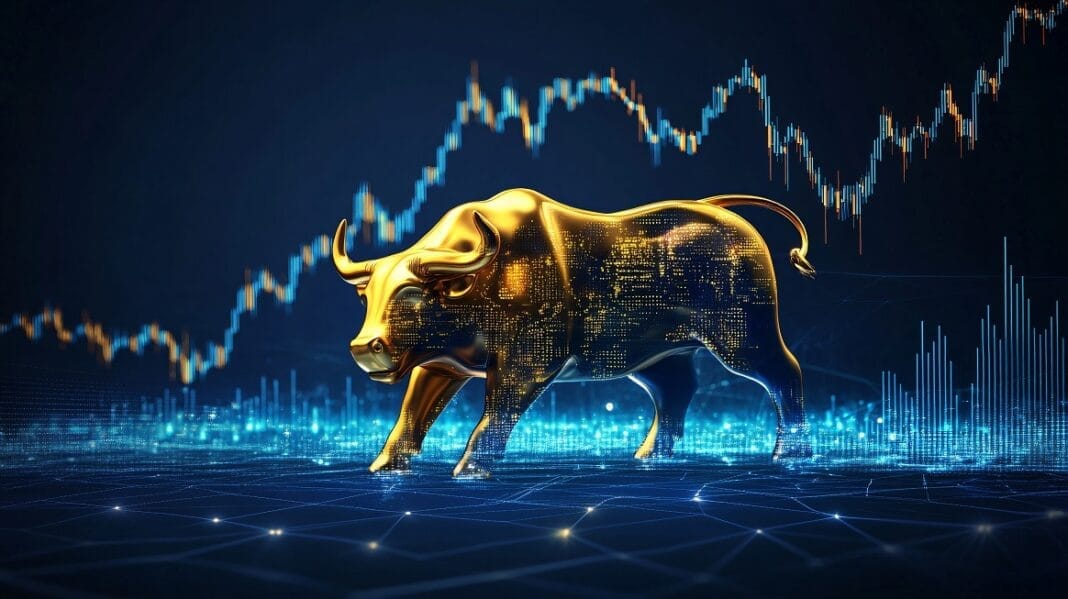The world of forex trading is filled with various strategies, and the carry trade is among the most popular. This strategy takes advantage of interest rate differentials between two currencies, offering traders an opportunity to profit from both exchange rate fluctuations and interest payments. In this comprehensive guide, we will demystify the carry trade, revealing the strategy behind it and how traders can use it to their advantage.
1. Understanding the Carry Trade:
- Definition: The carry trade is a trading strategy in which an investor borrows money in a currency with a low-interest rate and invests it in a currency offering a higher interest rate.
- Core Principle: The core principle is to earn the interest rate differential (the “carry”) between the two currencies, on top of potential capital gains.
2. The Strategy Behind Carry Trade:
- Selecting Currency Pairs: Traders choose a currency pair in which to execute the carry trade, typically opting for a currency with a low-interest rate (the funding currency) and a currency with a high-interest rate (the target currency).
- Long and Short Positions: Traders take a long position in the high-interest rate currency and a short position in the low-interest rate currency.
- Example Scenario: Consider a trader borrowing Japanese Yen (low-interest rate) and investing in Australian Dollars (high-interest rate).
3. Factors to Consider:
- Interest Rate Differential: A substantial interest rate gap between the two currencies is essential for the carry trade to be profitable.
- Currency Movement: Traders must consider the potential for exchange rate fluctuations, as unfavorable moves can offset interest gains.
- Economic Conditions: Understanding the economic conditions in both countries is crucial. Political stability, inflation rates, and central bank policies can impact the trade.
4. Benefits of Carry Trading:
- Interest Payments: Traders earn interest payments daily, which can provide a consistent income stream.
- Diversification: The carry trade allows diversification within a trading portfolio.
- Risk Management: Strategies like stop-loss orders can help manage potential losses.
5. Risks and Challenges:
- Exchange Rate Volatility: Sudden currency movements can wipe out interest gains.
- Leverage: Using leverage can amplify both gains and losses.
- Interest Rate Changes: Central bank decisions can impact the interest rate differential.
6. Impact of the USD Interest Rate Post-Pandemic:
- Massive Rate Increase: The United States, in an effort to control post-pandemic inflation, implemented a significant interest rate hike. This move affected the attractiveness of the USD as a funding currency in carry trades.
- Shift in the Landscape: The increased USD interest rate made it a more attractive target currency, altering the dynamics of many carry trades.
7. Famous Carry Trade Examples:
- Japanese Yen (JPY) Carry Trade: Japanese Yen, due to its historically low-interest rates, has been a popular funding currency.
- Swiss Franc (CHF) Carry Trade: The Swiss Franc has also been used as a funding currency due to Switzerland’s low-interest rates.
8. Monitoring and Execution:
- Risk Management: Traders must employ risk management techniques like stop-loss orders to protect their capital.
- Rolling Over Positions: The carry trade involves holding positions for an extended period to accumulate interest. Traders should understand rollover procedures with their brokers.
9. Conclusion: The carry trade strategy offers an intriguing blend of capitalizing on interest rate differentials and exchange rate fluctuations. However, it’s not without its challenges. Traders who master this strategy must be well-versed in economic factors, skilled in risk management, and patient in their trade execution. The carry trade can be a valuable addition to a trader’s arsenal when applied diligently and with a clear understanding of its intricacies. The shift in the USD interest rate landscape post-pandemic adds an extra layer of complexity to this strategy, making it essential for traders to stay informed about global economic developments.

